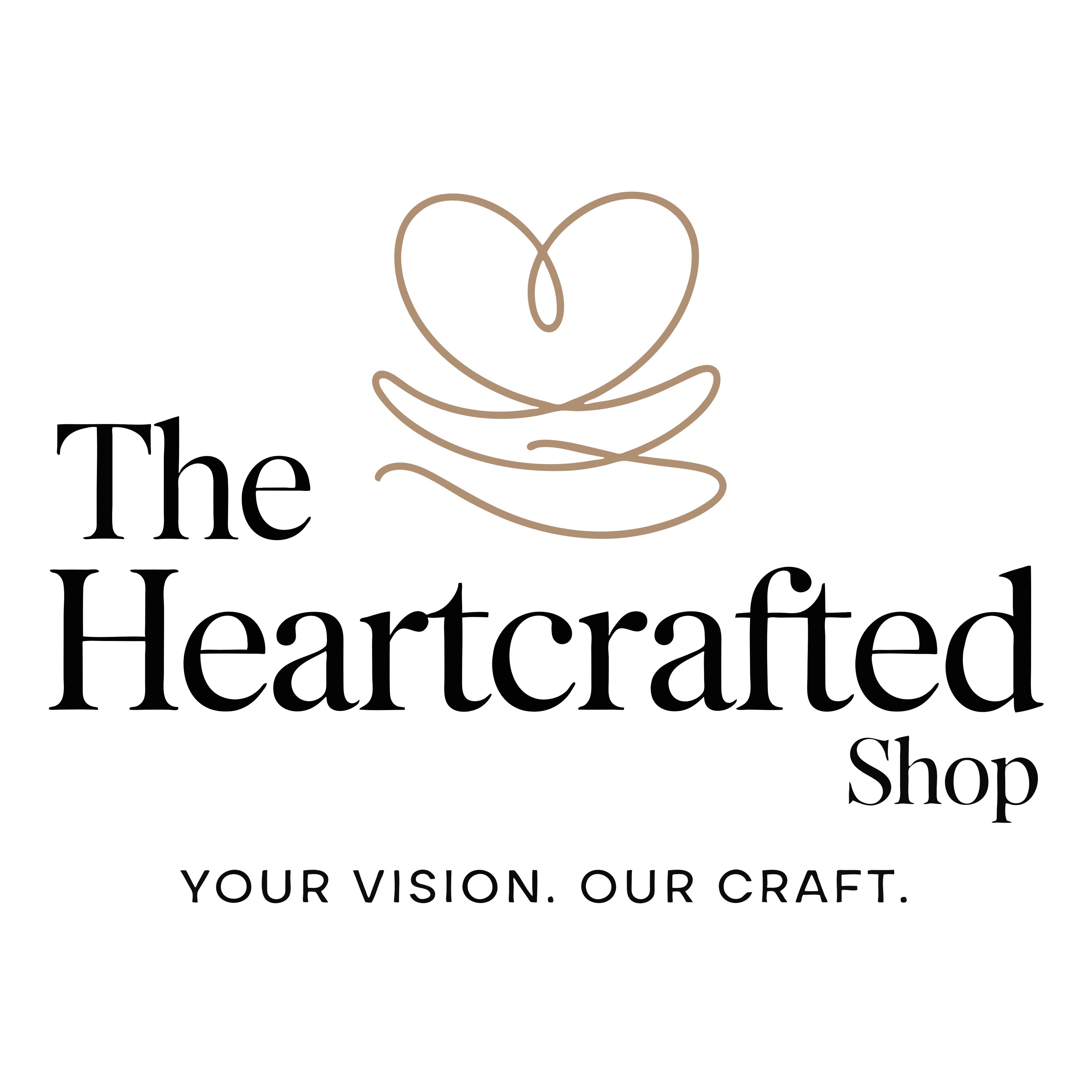Introduction: The Most Misunderstood Word in Laser Engraving
If you’ve ever tried to upload an image to your laser software only for it to engrave instead of cut, you’ve run into the vector problem.
It’s one of the most confusing parts of learning laser design — what is a vector, why can’t I just use a PNG or JPG, and what makes it so important?
Let’s break it down simply, once and for all.
What Is a Vector?
A vector is a type of digital image made up of mathematical paths — not pixels.
These paths are created using points, lines, and curves that your laser can follow exactly.
Think of it like this:
-
A vector file gives your laser a roadmap.
-
A PNG or JPG just gives it a picture.
Your laser doesn’t “see” photos — it follows paths.
That’s why vectors are required for cutting or scoring lines cleanly.
Vector vs. Raster (Bitmap) — What’s the Difference?
| Feature | Vector (SVG, AI, PDF) | Raster (PNG, JPG, BMP) |
|---|---|---|
| Made of: | Lines and points (math-based) | Pixels (tiny dots) |
| Scales up/down: | Perfectly — never loses quality | Becomes blurry when enlarged |
| Used for: | Cutting, scoring, clean outlines | Photo engraving, textures |
| Editable: | Easily editable in design software | Hard to modify |
| File Size: | Small | Large |
| Best For Lasers: | ✅ Cutting/engraving outlines | ⚠️ Image engraving only |
💡 Tip: When you zoom in on a vector, edges stay sharp. When you zoom in on a raster image, you see little boxes — those are pixels.
Why Your Laser Loves Vectors
Your laser software (like xTool Creative Space or LightBurn) interprets designs as instructions:
-
Cut along this path
-
Engrave between these lines
-
Score here lightly
It can only do that if it has vector paths to follow.
If you import a PNG, your laser sees a “photo,” not a path — so it raster engraves the entire image, burning the surface instead of slicing through.
That’s why your project sometimes “engraves” when you meant for it to “cut.”
When You Need a Vector
You need vector files for:
-
Cutting shapes like circles, hearts, letters, and signs
-
Scoring fine lines or outlines
-
Creating layered designs or puzzles
-
Making interlocking or fitted pieces (kerf-precise)
-
Converting text into engraved outlines
You can use raster images for:
-
Photos, logos with shading, or textures
-
Engraving images on wood, slate, or metal
Common Vector File Types
| File Type | Description | Works In: |
|---|---|---|
| .SVG (Scalable Vector Graphic) | The most common and versatile vector file. | xTool Creative Space, LightBurn, Glowforge App |
| .AI (Adobe Illustrator) | Editable master file for design professionals. | Illustrator, CorelDRAW (convert to SVG before import) |
| Often contains both vector and raster data. | LightBurn, Glowforge, xTool | |
| .DXF | Technical vector format for CAD drawings. | LightBurn, RDWorks, AutoCAD |
💡 If you only remember one thing: SVG is your laser’s best friend.
How to Create or Find Vectors
Option 1: Design from Scratch
-
Use design software like LightBurn, Adobe Illustrator, Affinity Designer, or Inkscape (free).
-
Draw shapes and save/export as SVG.
Option 2: Convert an Image
-
You can “trace” a photo or logo into vector lines.
-
In LightBurn: use Tools → Trace Image.
-
In Inkscape: use Path → Trace Bitmap.
-
Adjust thresholds until edges are clean.
-
-
Delete the background and save as SVG.
Option 3: Buy or Download SVGs
-
Marketplaces like Etsy, Creative Fabrica, and Design Bundles sell ready-made SVG files for laser use.
-
Always check license terms before selling your creations.
Common Vector Mistakes (and Fixes)
| Mistake | What Happens | Fix |
|---|---|---|
| Using a PNG/JPG instead of SVG | Laser engraves instead of cuts | Use Trace Image or convert to vector |
| Text disappears when imported | Fonts weren’t converted to shapes | In your design software, select text → “Convert to Outlines” |
| Double lines on cuts | Machine cuts twice in same spot | Combine or “weld” shapes before saving |
| Jagged lines | Poor auto-trace quality | Redraw or simplify nodes |
| Wrong scale or position | SVG imported at wrong size | Set units to mm/inches before export |
How to Know If a File Is Truly a Vector
-
Open the file in LightBurn or Inkscape.
-
Zoom in closely — if the edges stay smooth and crisp, it’s a vector.
-
If you see blur or squares, it’s raster.
-
Try clicking individual shapes — if you can select paths, it’s vector.
Pro tip: look for nodes (anchor points) — they mean you’re working with editable vector paths.
Final Thoughts
Understanding vectors unlocks a whole new world in laser design.
Once you grasp this concept, you can design anything — from intricate signs to jewelry — without wasting materials or guessing settings.
Your laser doesn’t want a picture — it wants paths.
And once you start thinking in lines instead of images, you’ll start creating like a pro.
Next up in the series: Design Prep 101 — How to Make Images Laser-Ready (coming soon!)

